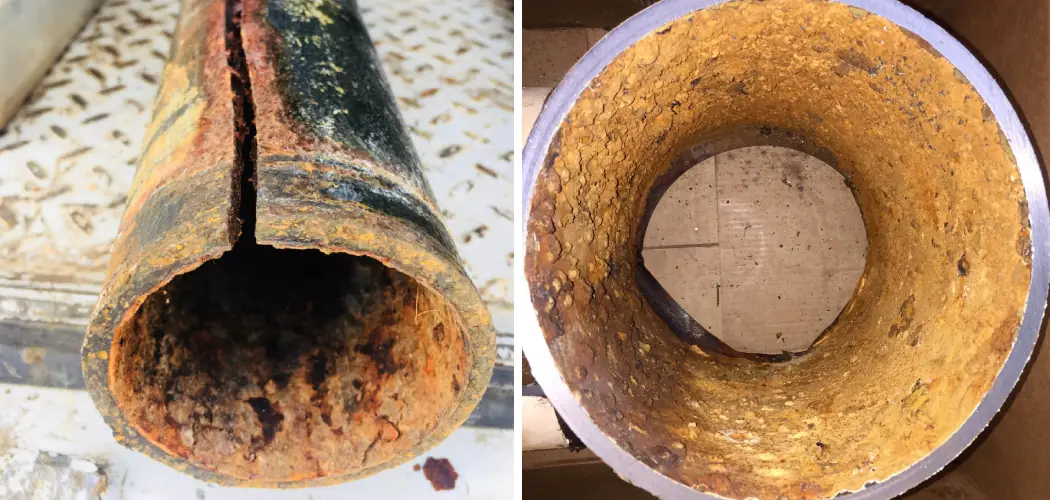Repairing a cast iron sewer pipe may not be the most glamorous task, but it is an important one. Your home’s plumbing system relies on these pipes to safely carry waste and sewage away from your house. Over time, these pipes can deteriorate due to age, corrosion, or damage.
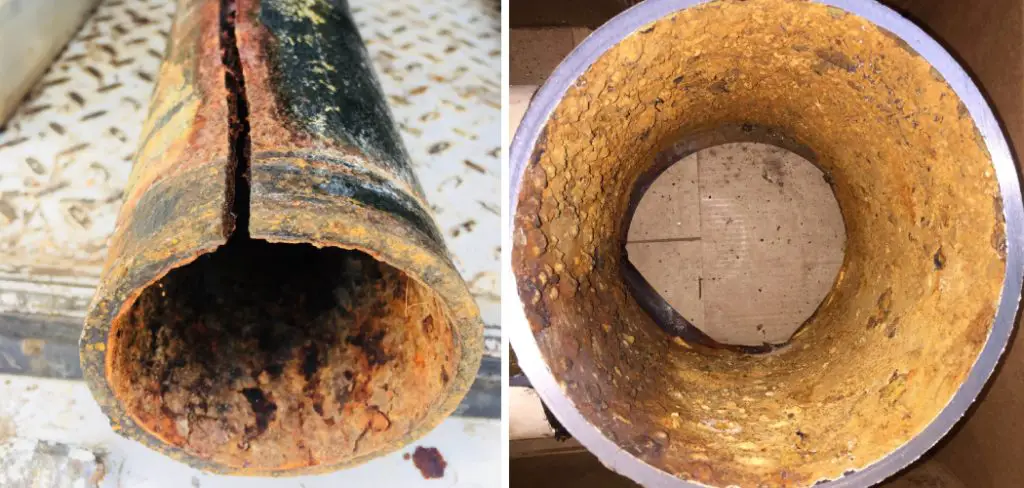
If left unaddressed, a damaged cast iron sewer pipe can lead to costly and messy plumbing problems. Therefore, learning to repair cast iron sewer pipes can save you money and prevent potential health hazards.
The main advantage of repairing a cast iron sewer pipe is that it can save you a significant amount of money compared to replacing the entire pipe. Repairing the damaged section of a cast iron sewer pipe is also less disruptive and time-consuming than replacing an entire sewer line. You can find step-by-step instructions on how to repair cast iron sewer pipe in this blog article.
Step-by-step Instructions for How to Repair Cast Iron Sewer Pipe
Step 1: Inspect the Damage
Before starting any repairs, it is important to thoroughly inspect the damaged cast iron sewer pipe. Look for any visible cracks, leaks, or holes in the pipe. Also check for signs of corrosion or clogs that may be causing water backup.
Step 2: Gather Materials and Tools
To repair a cast iron sewer pipe, you will need:
- Safety gear, such as gloves and protective eyewear
- A saw or drill to cut through the pipe
- Sandpaper or a wire brush for cleaning the surface of the pipe
- Epoxy putty or sealant for patching holes and cracks
- Cast iron repair sleeve or rubber gasket for larger repairs
Step 3: Turn Off Water Supply
Before starting any repairs, make sure to turn off the main water supply to prevent any unexpected water flow while working on the pipe. After turning off the water supply, use a saw or drill to carefully cut out the damaged section of the cast iron sewer pipe. Make sure to wear protective gear and follow proper safety precautions when cutting through the pipe.
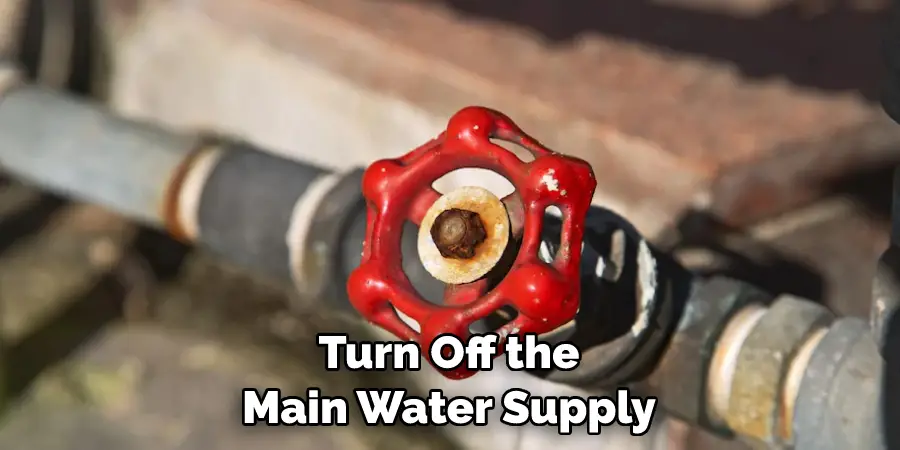
Step 4: Clean the Pipe
Use sandpaper or a wire brush to thoroughly clean the surface of the remaining pipe. This will ensure proper adhesion of any sealant or patching material. For smaller holes and cracks, apply epoxy putty or sealant to cover and fill the damaged area. Make sure to follow the manufacturer’s instructions for proper application and drying time.
Step 5: Patch Larger Holes or Cracks
For larger repairs, use a cast iron repair sleeve or rubber gasket to cover the damaged section of the pipe. Again, carefully follow the manufacturer’s instructions for proper installation. Use screws or clamps to secure the repair sleeve or gasket in place. This will ensure a tight and secure seal.
Step 6: Test for Leaks
Once the repairs are complete, turn the water supply back on and check for any leaks. If there are no signs of leaks, your repair is successful. To prevent future damage and ensure the longevity of your cast iron sewer pipe, it is important to regularly inspect for any potential issues and address them promptly. This may include cleaning out clogs or repairing small cracks before they become larger problems.
Now that you know how to repair a cast iron sewer pipe, you can confidently handle any minor damages and keep your plumbing system in good working condition. Remember always to follow proper safety protocols and consult a professional if you are unsure about any step of the repair process.
Safety Precautions for How to Repair Cast Iron Sewer Pipe
- Always wear protective gear such as gloves, goggles and a mask to avoid contact with hazardous substances.
- Make sure you are familiar with the layout of your sewer system before attempting any repairs.
- Use caution when working near electrical lines or gas pipes that may be located near the sewer pipe.
- Have an emergency plan in case of accidents or failures during the repair process.
- Secure any loose clothing or hair that could get caught in machinery or equipment.
- Use proper tools and equipment for the job, and always follow manufacturer instructions for safe use.
- If you are not confident in your ability to handle the repair on your own, it is best to hire a professional plumber.
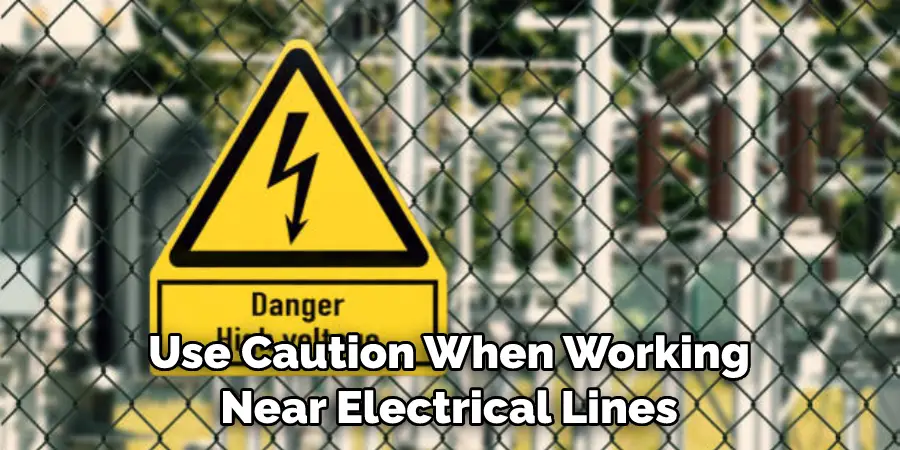
By following these safety precautions, you can successfully repair your cast iron sewer pipe without putting yourself or others at risk. Remember always to prioritize safety when working on any plumbing project.
What Causes Damage to Cast Iron Sewer Pipes?
Cast iron sewer pipes are commonly used in older homes and buildings, but they can still be found in newer constructions as well. Over time, these pipes may become damaged due to a variety of factors such as corrosion, tree root intrusion, or shifting soil. It is important to regularly inspect your sewer pipes for signs of damage and address any issues promptly to prevent further damage and potential health hazards.
Corrosion is one of the main causes of damage to cast iron sewer pipes. Over time, exposure to water and other substances in the pipe can cause rust and corrosion, weakening the structure of the pipe and leading to cracks or breaks. Tree root intrusion is another common issue with cast iron sewer pipes.
As tree roots grow, they can infiltrate small cracks in the pipe and continue to grow inside, eventually causing blockages and breakages. Lastly, shifting soil can also put pressure on cast iron pipes, causing them to crack or collapse.
When Should You Seek Professional Help for Repairing a Cast Iron Sewer Pipe?
Cast iron sewer pipes are a common feature in many homes and buildings, especially in older constructions. They were used extensively before the introduction of modern plumbing materials due to their durability and longevity. However, like all other materials, cast iron pipes also have a lifespan and can eventually develop issues such as cracks, leaks, and corrosion.
When faced with these problems, many homeowners may wonder if they can tackle the repair themselves or if they should seek professional help. The answer to this question depends on various factors, including the severity of the issue and your level of expertise in plumbing.
If you are dealing with a minor issue such as a small crack or leak, repairing the cast iron pipe yourself may be a viable option. You can purchase patching materials specifically designed for repairing cast iron pipes and follow the instructions to fix the problem. However, it is essential to note that these patching materials are only temporary fixes and may not provide a long-term solution. Therefore, it is recommended to seek professional help even for minor repairs.
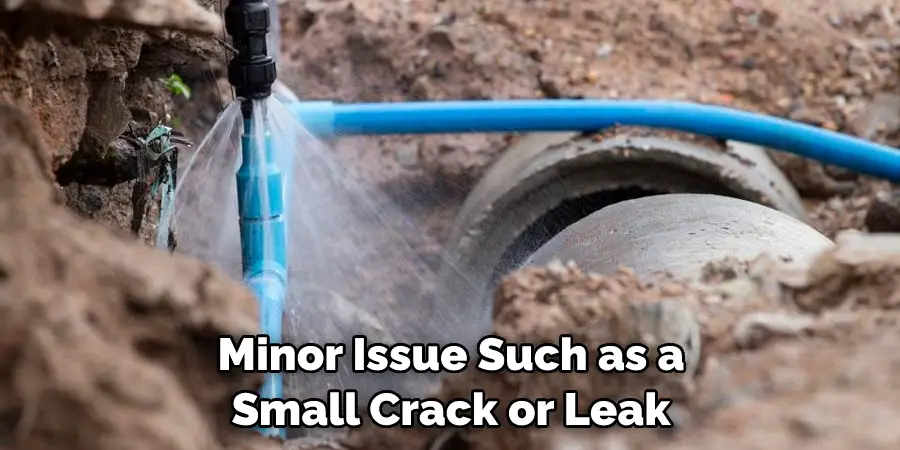
What Are Some Common Mistakes to Avoid When Repairing Cast Iron Sewer Pipes?
Cast iron sewer pipes are a common type of pipe used in many homes, especially those built before the 1980s. Over time, these pipes can deteriorate and become damaged due to factors such as corrosion, shifting soil, and tree root infestation. When this happens, it’s important to repair or replace the damaged section of the pipe to prevent further issues and maintain the proper functioning of your home’s plumbing system.
1. Not Identifying the Root Cause of the Problem
When it comes to repairing a cast iron sewer pipe, identifying the root cause of the problem is crucial. If you only fix the visible damage without addressing what caused it, you may end up with recurring issues and additional repair costs in the future.
2. Ignoring Signs of Damage
It’s essential to pay attention to any signs that your cast iron sewer pipe may need repairs. Some common signs of damage include slow draining, gurgling sounds, foul odors, and wet spots in your yard or basement. If you notice any of these signs, it’s important to act quickly and address the issue before it gets worse.
3. Not Hiring a Professional
Repairing a cast iron sewer pipe is not a DIY project and should always be left to a professional plumber. Attempting to repair it yourself may lead to further damage and costly repairs in the long run. A professional plumber will have the necessary knowledge, experience, and tools to properly repair the pipe and ensure its longevity.
4. Using Temporary Fixes
It may be tempting to use temporary fixes such as chemical drain cleaners or duct tape, but these quick solutions will not address the root cause of the problem and may even make it worse. It’s best to invest in a proper repair from the start to avoid future complications.
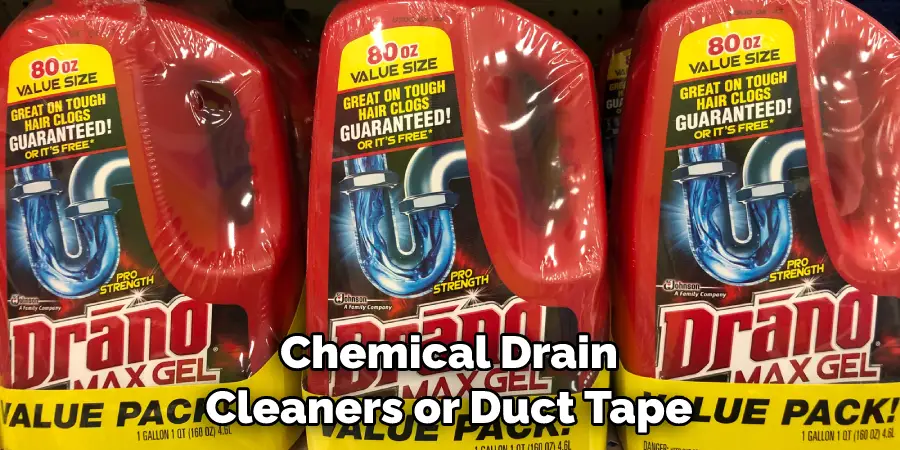
5. Not Considering Alternatives
In some cases, repairing a cast iron sewer pipe may not be the most cost-effective option. For example, if your home’s plumbing system is old and has multiple damaged sections, it may be more cost-efficient in the long run to replace the entire system instead of continuously repairing each section.
By identifying and addressing the root cause of the problem, being aware of signs of damage, hiring a professional plumber, avoiding temporary fixes, and considering alternatives when necessary, you can ensure a successful repair that will last for years to come.
Are There Any Environmental Concerns Associated With Repairing or Replacing Cast Iron Sewer Pipes?
While repairing or replacing cast iron sewer pipes is essential for the proper functioning of your home’s plumbing system, it’s also important to consider any potential environmental concerns. Old cast iron pipes may contain lead, which can contaminate the soil and water if not properly handled during repairs or replacements.
It’s crucial to hire a professional plumber who follows proper safety protocols and disposes of any hazardous materials correctly. Additionally, if you’re replacing a large section or the entire system, consider using eco-friendly materials such as PVC pipes to reduce your environmental impact. Overall, by being mindful of potential environmental concerns and taking necessary precautions, you can ensure a successful repair while also protecting the environment.
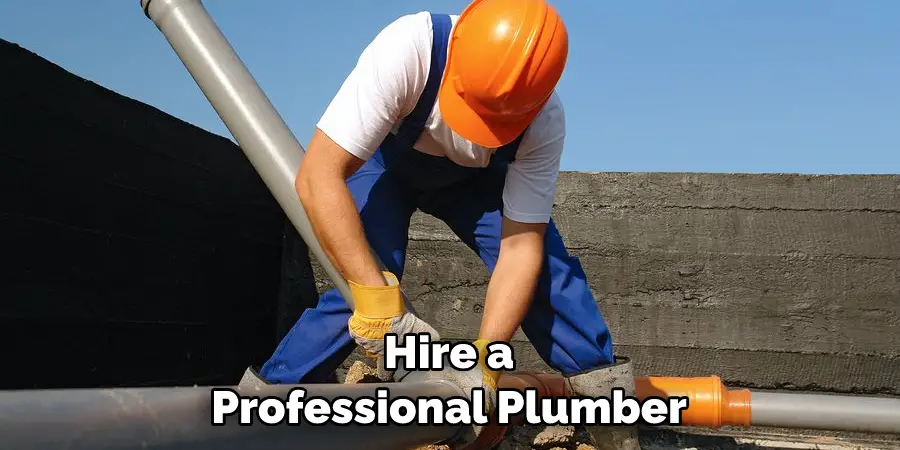
Conclusion
In conclusion, repairing cast iron sewer pipe may seem like a daunting task, but with the right tools and knowledge, it can be done effectively and efficiently. It is crucial to identify the root cause of the damage and address it properly to prevent future issues. Regular maintenance and prompt repairs can help prolong the lifespan of your cast iron sewer pipe.
One important thing to remember when repairing cast iron sewer pipes is to always prioritize safety. This involves wearing protective gear and following proper safety procedures to avoid accidents.
Moreover, taking preventive measures such as using enzymatic cleaners and avoiding harsh chemicals can also help prevent damage to your cast iron sewer pipe. I hope this article has been beneficial for learning how to repair cast iron sewer pipe. Make Sure the precautionary measures are followed chronologically.

